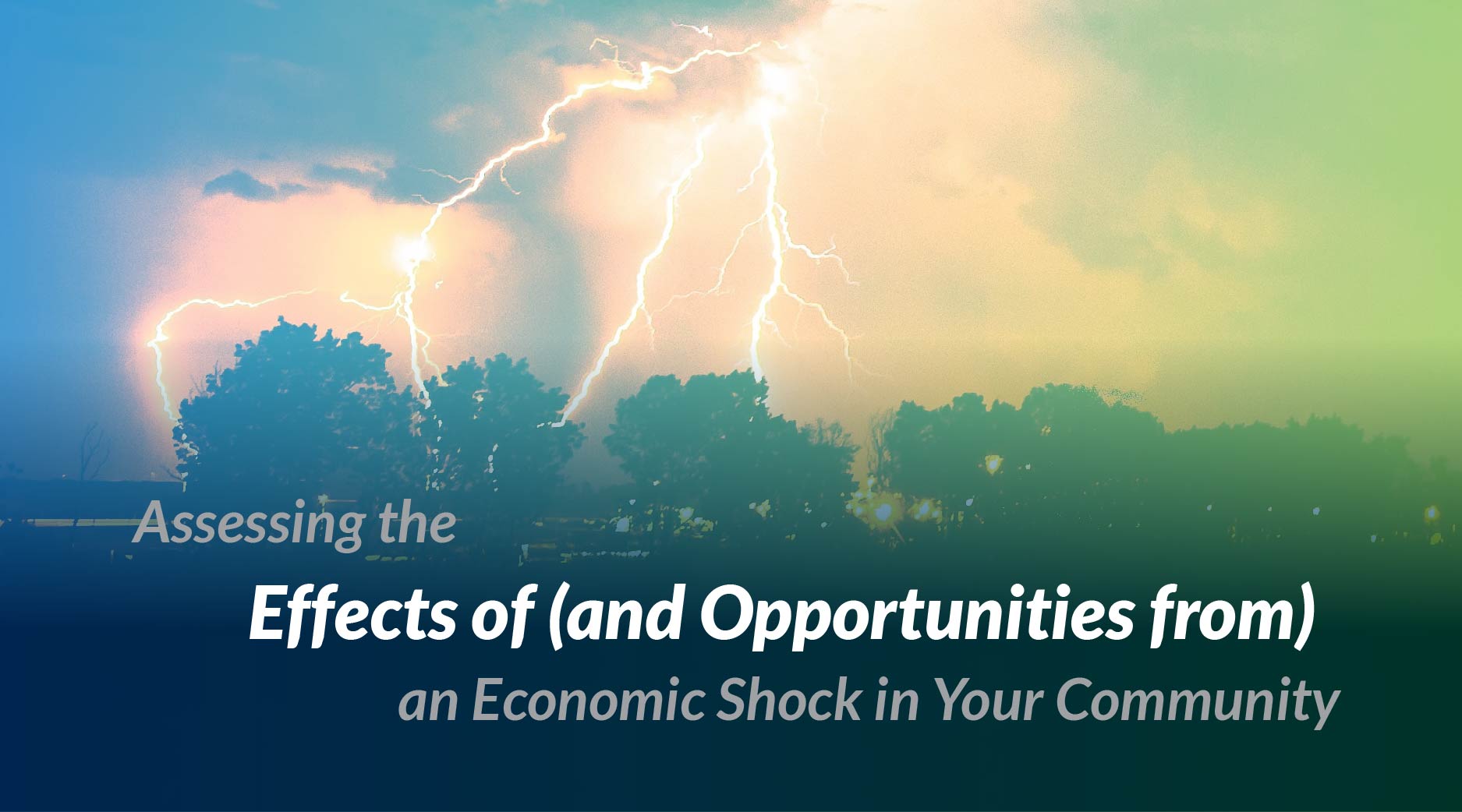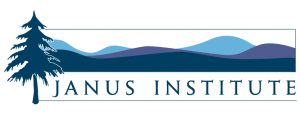When we wrote Rebooting Local Economies: How to Build Prosperous Communities in 2021, the economic impact in the U.S. of the original COVID-19 outbreak (at least as measured by US Gross Domestic Product or GDP) was largely in the rearview mirror. This misfortune caused by the pandemic is ironically a fortunate time to publish Rebooting Local Economies. The original pandemic and its echoes (e.g. Delta and Omicron) have demonstrated to communities around the globe how suddenly and severely a shock can disrupt their security and way of life – just like a sudden economic shock from a major local employer closing, or a more gradual but equally devastating decline of a community’s major industries (economic stagnation). Many communities reacted quickly and effectively to the pandemic shock in a number of ways to help mitigate the negative impacts.
Many community and economic development organizations played key roles in the pandemic response, such as gathering and disseminating information on modified business hours and inventories, and helping local businesses apply for disaster assistance. In other words, the pandemic was sort of a universal fire drill for economic dislocation encouraging residents in communities everywhere to work together – a key ingredient in successful community and economic development. Many communities have learned how to react faster to an economic shock, or just work together better to create even more community prosperity.
To benefit from the lessons learned from your community’s response to the pandemic as a way to prepare for any future economic shocks and improve your community, a self-evaluation exercise can be very useful. The Worksheets below can help your community complete such an exercise. The questions to be addressed include:
- What were the most useful actions that helped local businesses and individuals cope with the pandemic’s economic shock?
- Who were the key players in the response?
- What did community residents learn about working together to address a sudden shock?
- In hindsight, what could have been done better?
These questions get to the very foundations of the process of community development discussed in Chapter 3.

The Worksheets below will help guide you through the pandemic self-evaluation process. The Community Action Groups described in the Introduction Toolbox can take the lead in completing the Worksheets below. The worksheets and the self-evaluation approach can also be modified and used to assess the community response and lessons learned from any future economic shocks or other community issues.
Worksheets for Tool 1.1 are to collect community input so that you get a better picture of how the pandemic affected your community and how it reacted – all lessons “learned” from the pandemic that may help your community respond to future shocks. . Every community member had a unique perspective so it is critical for leaders to understand this before they start the visioning process.
The purpose of Tool 1.2, inventory of the businesses that were permanently closed or downsized by the pandemic, is intended to help communities identify entrepreneurial talent and experience that can be encouraged to develop new start-ups and strengthen existing businesses. This inventory is a good way to start a recovery assessment of small business assistance programs that your community has, perhaps more importantly, does not have but should. There may be many community residents with strong small business experience now sitting on the sidelines that could be encouraged and helped to start anew in the “new, new normal.”
![2021 Prosperous Places Logo [TM]](https://www.prosperousplaces.org/wp-content/uploads/2021/02/20210205_JI_PPTM-Logo.png)



